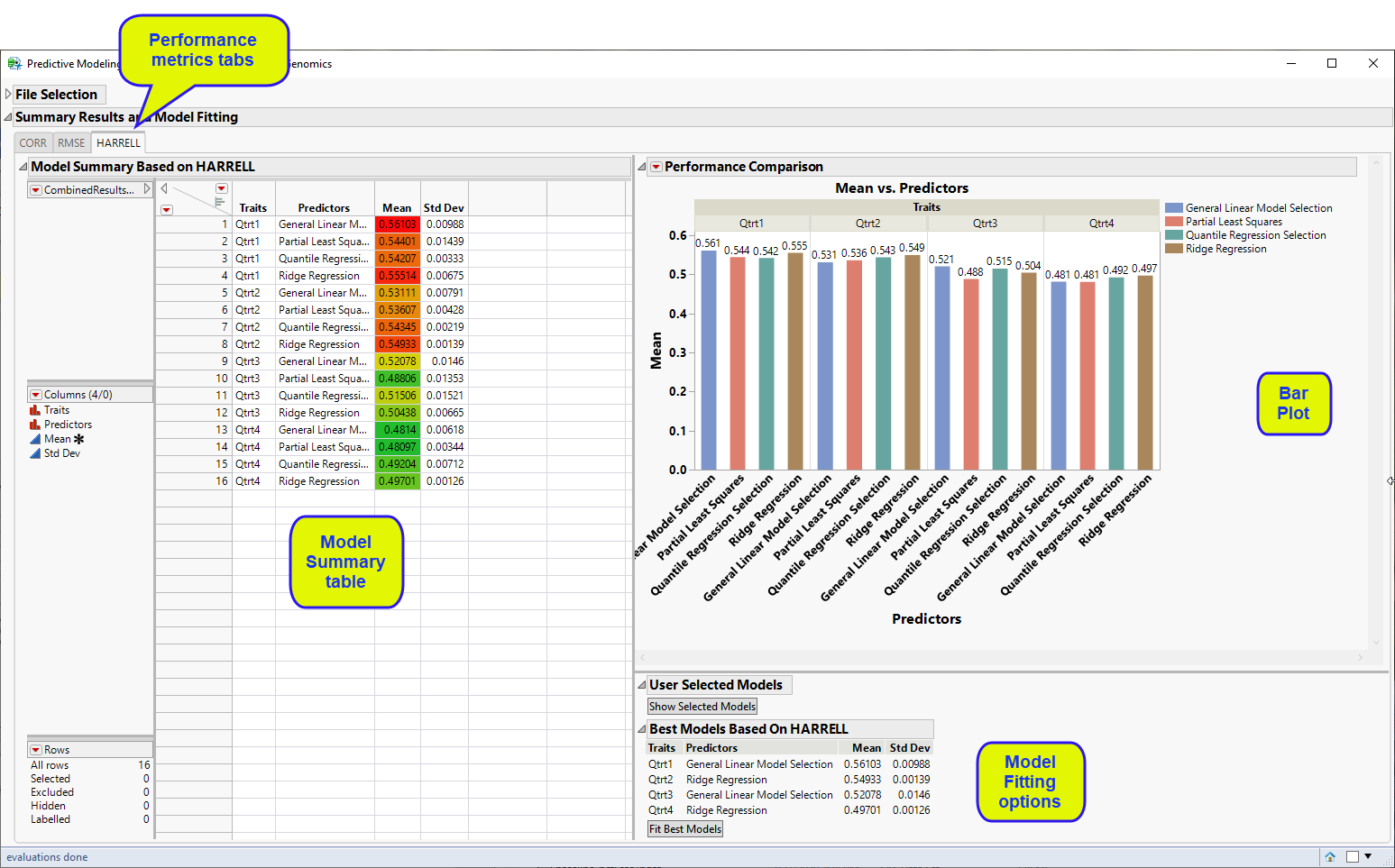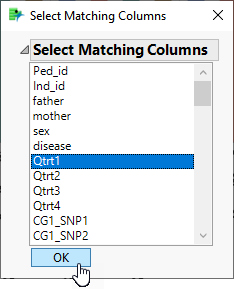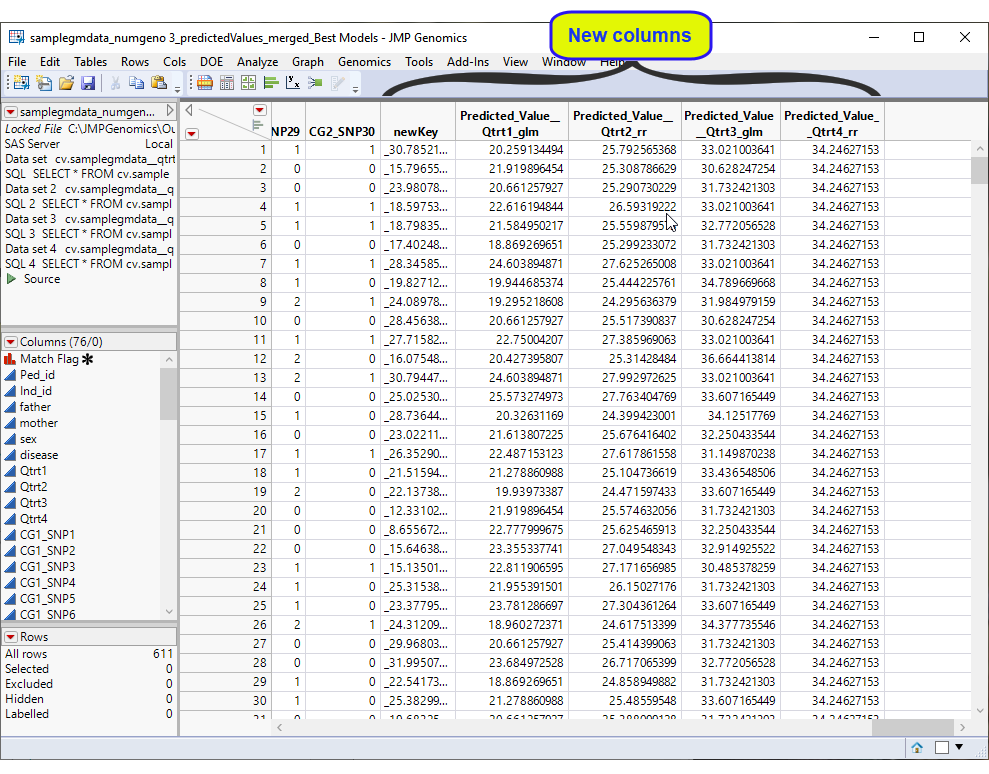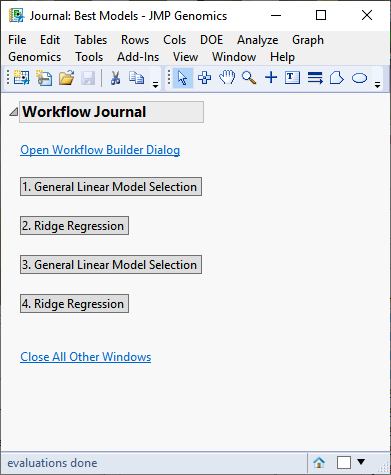Running the Model Summary and Ensemble process generates a summary dashboard as shown below:
The Summary Results and Model Fitting window enables you to access and view the summary of performance metrics for selected traits and predictive models. It provides three performance metrics, including Correlation (CORR), RMSE, and Harrell's C (HARRELL), displayed in three tabs. There are three components in each tab report:
|
•
|
Model Summary table: Each summary table has outcomes (Traits), predictive models (Predictors), Mean performance (Mean), and Standard deviation of the performance (Std Dev).
|
|
•
|
Performance Comparison bar plot: The bar plot provides an alternative way to show model performances based on each measurement metric.
|
|
•
|
Model Fitting: It provides two ways to fit models. In the first, models to be fitted are selected manually from either the Model Summary table or the bar plot. In the second, models are selectected automatically. For RMSE fitting, models with the lowest RMSE values are selected. For fitting Correlation (CORR) or Harrell's C (HARRELL) models with the highest values are selected. Once models have been selected click . to initiate the follow-up analysis (below).
|
|
|
Click to fit the selected models.
|
|
•
|
newKey: This column contains the merge key that generated the merge.
|
|
•
|
Predicted_Value_trait_ModelAbreviation: This column(s) contains the predicted values for the specified trait from the specified model.
|
|
•
|
Predicted_Value_trait_Ensemble: This column(s) contains the predicted values for the specified trait from the specified ensemble.
|




